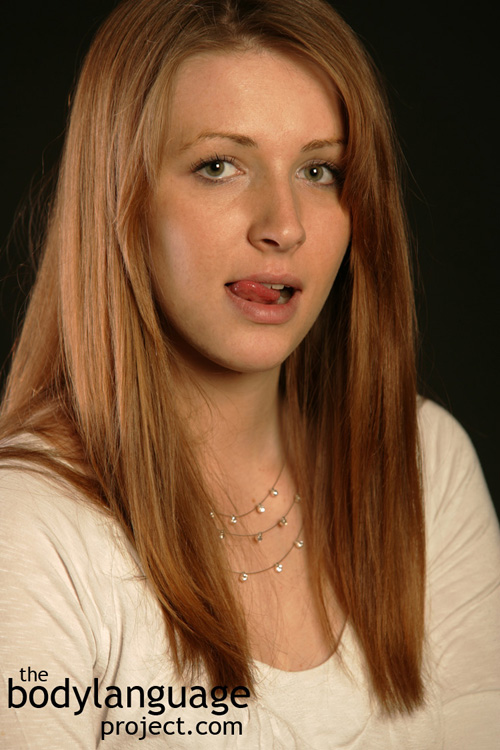Don’t be thrown off by the office set-up, as it might be created to put you at a disadvantage. For example, the chair provided for you might be shorter than the interviewees and a large desk might separate you from them. Don’t concern yourself with this, as everyone else will be viewed with the same conditions. Try your best to seem comfortable in whatever position you happen to be in. Keep your legs uncrossed and flat on the floor with your hands in your lap. Keep your back straight and head up and lean toward the interviewer slightly. Always hit on the averages, not too much and not too little. This goes for everything, appear relaxed, but not too relaxed, use gestures, but not too often and so forth. If the interviewer seems uptight, don’t try to loosen them up with jokes or banter but if they seem personable, or in the mood, it can be advantageous to discuss interests and hobbies. Office photographs can be great links to common interests to help build rapport. If a direct question is asked, answer directly, don’t appear to waste time with the interviewer. Try your best to maintain flow between the communication style of the interviewer and yourself. If they speak quickly, don’t try to keep up, but don’t lag behind either. It’s always better to speak a little bit slower and more confidently than speaking faster than your mind can think.
Maintain good eye contact while speaking and while listening allow for some periods when eye contact is broken. Never cut off the interviewer and offer plenty of cues that you understand what is being said. Speak slowly and confidently and never more than thirty seconds at a time. Nods and approval sounds such as “mhum” makes the interviewer know that you comprehend what is being said and the research shows us that this is important even for high status individuals. If you are genuinely confused by what is said tilt your head to the side to make a query face. If this body language doesn’t yield clarifying information from the interviewer, then ask to hear the information again, as it shows that you are keenly interested in learning more about the work.
To measure your success throughout the interview watch for eye contact, smiling and nodding. The research show us that successful applicants get twice as much eye contact, three times more smiling and twice as much head nodding as unsuccessful ones. Use this information to build your confidence or to ramp up your pitch if things aren’t going well.

